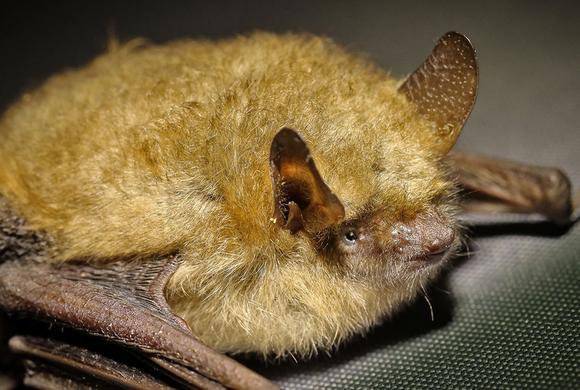
Ants, a common scourge associated with picnics, may be the last thing you expect to worry about in midwinter.
Yet every year, following the brief thaw of a warmer few winter days, countless Ontario households will find their dwelling suddenly invaded by ambitious carpenter ants.
What’s the difference between carpenter ants and ‘regular’ ants?
They look nearly identical to the ants you’d expect to see living in small sandhills between your patio tiles in July, but carpenter ants burrow into wood to make their nests.
Carpenter ants prefer wet, softened, or decaying wood but once tunnels are established they will continue to bore into sound wood to build secure nesting quarters.
Carpenter ants are not termites, and they do not actually consume wood as sustenance.
They eat household crumbs and pantry foods just like other ants, but the tunneling they do to build nests can cause significant structural damage to your home.
Why am I seeing ants in my home this time of year?
Ants are cold-blooded, and when temperatures drop to the lows of Canadian winter they become dormant.
Carpenter ants are no exception, although colonies will briefly awaken during the normal thaws and melts during any given winter. In nature this period of activity would be used to top up food supplies and little else, but sometimes a warm place to expand a colony (your home, for instance) is encountered during the thaw.
When this happens, carpenter ants behave as though it were spring and start busily tunneling into whatever wet, softened wood they can find to build new nests.
They don’t eat the wood, they simply bore into it to build living quarters for the colony. While they work they will happily feed on pantry foods, pet food, sugar inside empty soda cans, and whatever else they can find inside their new home.
How do I get rid of carpenter ants?
Many homeowners who discover carpenter ants try to handle the problem themselves, with traps, sprays, powders, and other hardware store treatments.
These products only kill ants who venture out from the walls and beams of your home to find food, making very little difference to the colony’s population.
The nest that houses the workers and the queen will be hidden deep in wood, making it difficult or impossible to get to.
If you can find and eliminate the nest, there is almost certainly another nest nearby as carpenter ants colonize in groups. If you see ants in your home midwinter or notice signs of carpenter ant colonies in or near your home, call Dave’s Quality Pest Control for a free quote.
We know how to eliminate entire colonies and prevent re-infestation.
Don’t get stuck with the hassle and cost of repairing serious structural damage, let our team of professionals rid your home of carpenter ants for good.

